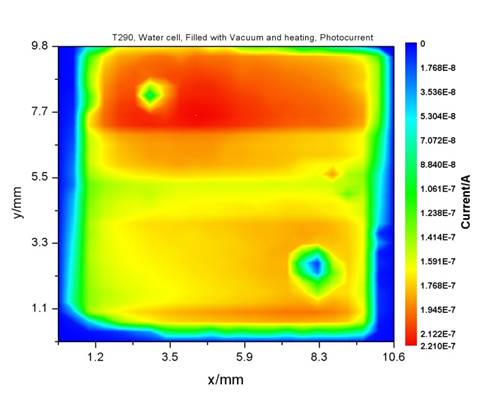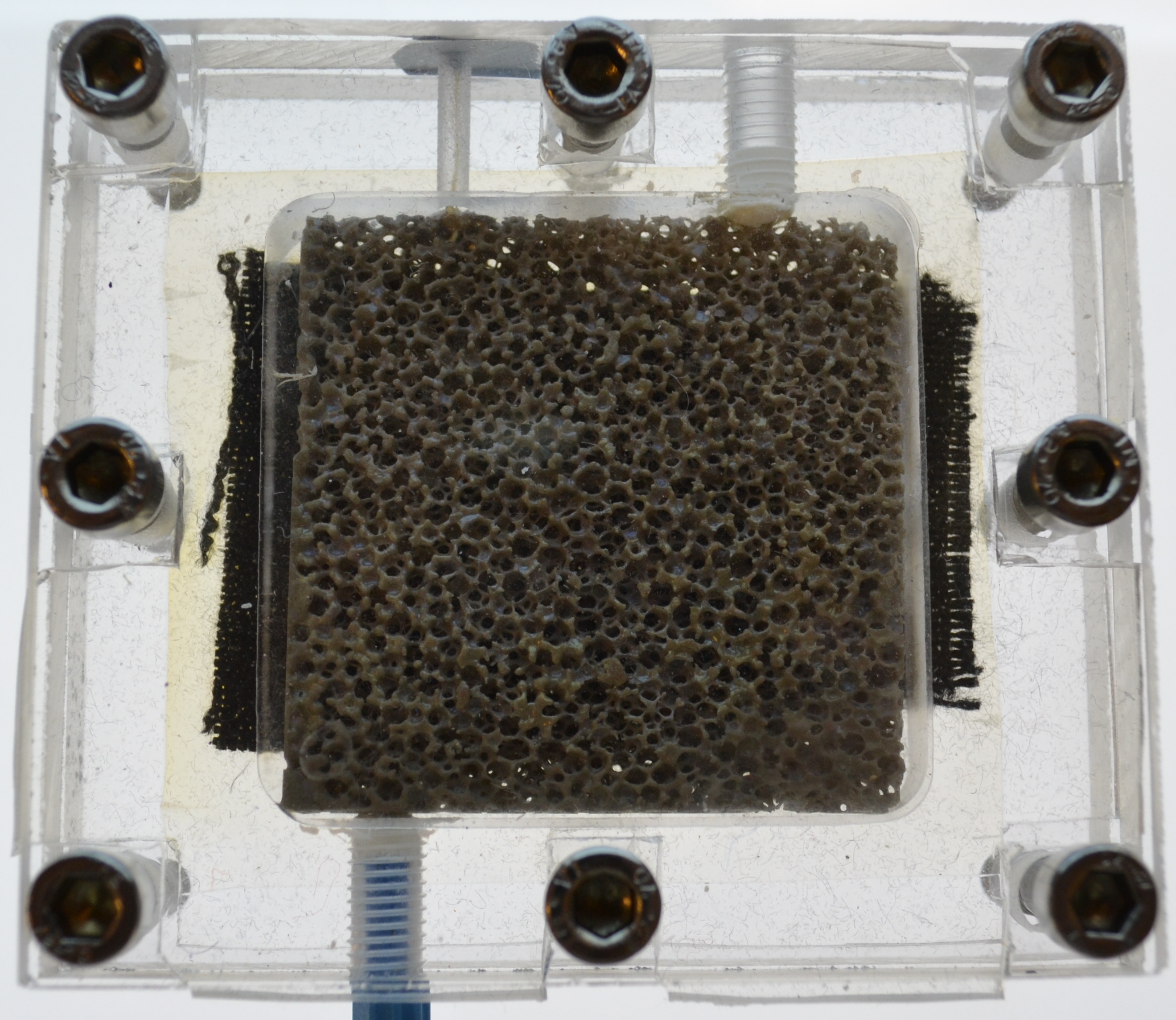Photovoltaics + Electrochemistry + Materials
Our group has expertise in the preparation and characterization of photovoltaics, photo-Microbial fuel cells and sensors. We make new materials, strategically modify existing materials and study the fundamental properties of solar or fuel cells. We also study surfaces and interfaces using electrochemical and surface plasmon resonance techniques.
Perovskite Solar Cells
Research into perovskite solar cells (PSC) has exploded since 2012, with devices showing extremely promising efficiency. There are many aspects of PSC that need to be improved before comercialisation and we are working on understanding both the fundamental principles behind how the cells work as well as ways of improving the devices. Our research employs electrochemical techniques in order to study the photoelectrochemistry of perovskite materials, in the dark and under illumination.

Dye-Sensitized Solar Cells
Water ingress in conventional DSC leads to a loss of efficiency, one solution to this problem is to optimize the cells to work in the presence of water. The aim is to create a stable cell and to avoid the need for buffer layers and encapsulation which increase device cost. Water containing electrolytes generally give lower photocurrents than those based on organic solvents, a problem that has in part been attributed to poor pore filling by the aqueous electrolyte. Our research focuses on the employment of different solvents and improvement of their processing, which can be monitored by e.g. photocurrent mapping.

Photo-Microbial Fuel Cells
Photo-Microbial Fuel Cells (p-MFC) contain photosynthetic organisms that can transform light and CO2 into electrical energy. Together with collaborators in Chemical Engineering at the University of Bath we are investigating p-MFC for applications in sensing and small scale localized power generation.

Self-Assembled Peptide Hydrogels
Organic Photovoltaics (OPV) attract increasing interest due to the advantages of low cost, flexible and light weight modules. Efficient OPV require a Bulk heterojunction (BHJ) which is composed of an intertwined network of n-type and p-type semiconductors. The most investigated systems contain a fullerene derivative that acts as the acceptor and a conducting polymer (typically based on polythiophene) that acts as the chromophore and electron donor. Together with collaborators in Liverpool we are investigating self assembled low molecular weight gelators (LMWG) as the active material in OPV.We are also investigating small molecules as interlayers in perovskite solar cells
